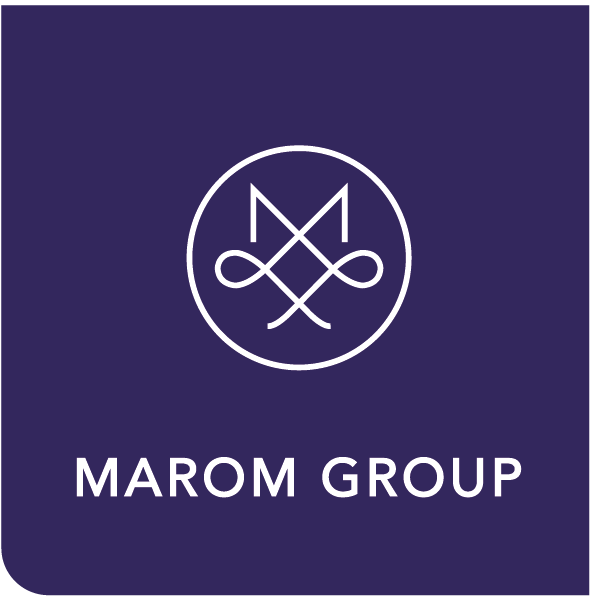An invitation to the big kids’ table . . . When should organizations start including millennials on their Board of Directors?
SHIRA TOBER, PROJECT MANAGER
Stewarding, vetting, and onboarding members of a nonprofit organization’s Board of Directors (BoD) is an art. Getting the right people into the room, at the right time in the organization’s trajectory as well as at right time in a person’s personal and professional life can be “game changing” for an organization.
Many of the BoDs of legacy organizations, as well as some of the more innovative engagement organizations, fall into the same model when attempting to engage young leaders at higher levels of leadership. They have one representative sit on “the big board” as the voice of the generation. For example, the Chair of a Young Leadership Division will be the only person on the “big board” under 45.
But is one millennial voice enough? Does one voice per board really represent “the largest segment of the U.S. labor market, [34%][1]?”
Think back to Thanksgiving. The turkey, the stuffing, the football, the time spent with family, the time spent with friends complaining about the time spent with family. . . The table at a Thanksgiving meal could be viewed as a microcosm of nonprofit organizations and their respective board member make-up: multi-generational, diverse interests and passions, varying levels of comfort with technology and social media, and conflicting opinions when it comes to politics, social justice, and changing the world. In the dining room, most of the time, has two tables: the adult table and the kid’s table. And it’s an exciting time in a person’s life when they realize they’ve officially been transferred from the kid’s table to the “adult table.” But why be separate? Doesn’t the most learning and change happen when people with differing ideas come together to converse, argue, grapple and compromise?
What if we all sat at one big table? What if we didn’t limit the “kid” voice to one or two but actually had real representative demographic percentage on the board; especially when one of the biggest issues to tackle is engagement of “next gen.” Of course, the voice of seasoned lay leaders and board members is valuable beyond belief; they have the long-term experience, the institutional knowledge, the deep-seeded personal and professional connections, and the hindsight, etc. That doesn’t mean that the Next Gen voice should be minimized.
It has been found that: “boards with larger portions of members younger than . . . 40 were more likely to enjoy board member involvement, particularly in fundraising where . . . [they] were more likely to ask others for donations, have clear fundraising expectations, and provide more potential contacts[2].” If given the opportunity, the Next Gen will come. And they will bring the fun and the funds.
How can the next generation of leaders, those who are “catalyzing progress in nearly every industry – technology, the arts, science, and business,[3]” be groomed for the line of Board Chair succession if we don’t listen to their voices until they’ve aged out of the demographic that needs engaging most?
Here’s a challenge for the Philanthropic market - encourage existing Board Members to invite Next Gen-ers to the “adult table.” Learn with them, innovate with them, and make an impact with them.
Here’s a challenge for the Next Gen Philanthropists who feel perpetually shunned to the “kid’s table”- position yourselves for the responsibilities of stewarding and governing nonprofit organizations. Own what you don’t know, and then look for the tools, skills, and knowledge to find it. Seek out mentors and trainings, like those provided by the Board Member Institute for Jewish Nonprofits. And be patient, culture change takes time, but nonprofits are moving in the right direction.
One big table with seasoned lay leaders and the next generation of lay leaders, sitting together, will position Board of Directors to be more effective fundraisers, governors, and advocates of their nonprofit organizations. A generationally diverse Board of Directors enables organizations to create meaningful impact and systemic change within their community.
[1] Rueven, S., & Rhodes, S. (2018, October 09). Home. Retrieved from https://ejewishphilanthropy.com/five-ways-to-engage-young-philanthropists-in-jewish-leadership/
[2] Segdin, A. (2018, February 20). Nonprofit Boards Don't Resemble Rest of America. Retrieved from http://www.thenonprofittimes.com/news-articles/nonprofit-boards-dont-resemble-rest-america/
[3] Rueven, S., & Rhodes, S. (2018, October 09). Home. Retrieved from https://ejewishphilanthropy.com/five-ways-to-engage-young-philanthropists-in-jewish-leadership/

